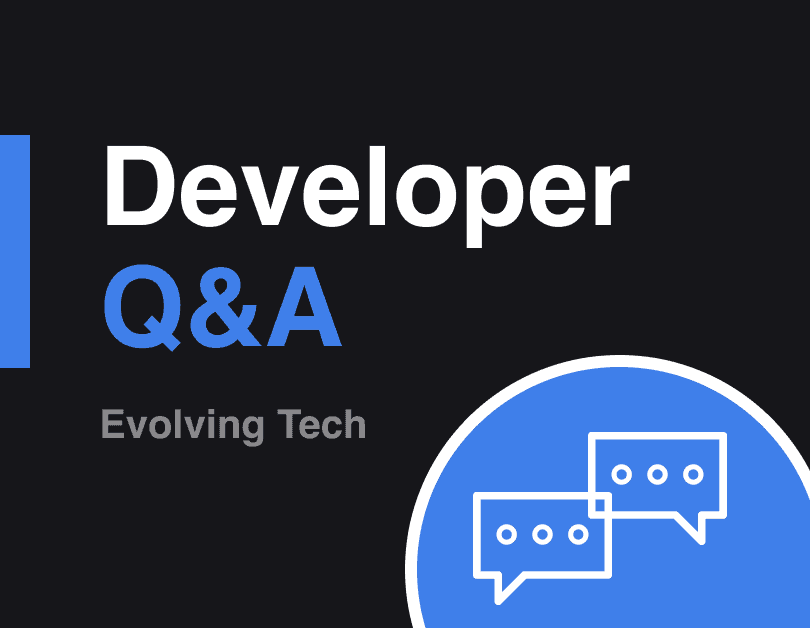
Concerned about your website’s speed score? Here’s what to know.
If you’re concerned about your website’s page speed score, you’re not alone.
Given some of the eye-opening stats out there, it’s totally understandable to be worried about a low score. Perhaps you’ve heard that when a page load time goes from 1 second to 6 seconds, the probability of a bounce more than doubles. Or maybe you’ve heard that half of all online shoppers will abandon their carts if a page takes longer than six seconds to load (more on “load times” later on).
Those striking data points certainly underscore the importance of website performance. But, if you got a low page speed score, don’t hit the panic button quite yet. It’s possible to have a low score but a high-performing website (and vice versa).

What to Know About Page Speed Scores
Page speed scores aren’t the end-all, be-all, but they’re certainly important.
They impact SEO and are a ranking factor in Google’s index. Plus, they can help identify more significant issues within your site, and better scores tend to improve overall UX and conversions.
But that’s not the whole story. Here are 5 things to know about page speed scores:
1. Not all scores are created equal
There are several different services for measuring page speed scores.
- Google: Google’s Page Speed score is accessible through its Lighthouse tool
- GTMetrix: Features a waterfall view where you can see Time to Load and many more useful metrics
- Pingdom: Specifically looks at network/connection time, which is a major factor in overall page load time
Your score could even be impacted by your geographic location. We can move data around the world in fractions of a second, but being located thousands of miles from your servers could slow things down.
2. Page speed scores do NOT equal loading page performance.
Loading page performance is a metric exclusively for measuring loading speed. The page speed score includes six total metrics, each accounting for a different weight: First Contentful Paint, Largest Contentful Paint, Speed Index, Cumulative Layout Shift, Time to Interactive, and Total Blocking Time.
3. Monitor your mobile and desktop score.
It’s fairly common to get a 90+ score on a desktop. Mobile is tougher, however, due to the optimization of media (videos, audio, scalable vector graphics, etc.). Also, it’s simply more difficult to optimize for mobile because mobile devices are less powerful and typically have slower connections than desktop devices.
Google’s scores are based on a combination of “lab data” and “field data.” Lab data is collected in a controlled environment in terms of device and network settings. PageSpeed “Insights” provides field data from Google Chrome users and is how Google evaluates SEO ranking.
4. 50 is a threshold to monitor
Although the score alone doesn’t tell us much, any score under 50 on Google’s PageSpeed test should be more closely evaluated, monitored, and consulted with experts. It’s not necessarily a “code red,” or even a “red flag,” but rather a threshold at which further inspection is needed.
It’s like when your dentist tells you to floss more. You’ve got no cavities—yet—but you need to be diligent about the situation.
5. Third-party scripts like Hotjar and Advertising Pixels could decrease your score.
These are false positives. Your site will have finished loading while Hotjar, an accessibility widget, or some other third-party script/service is running analytics in the background.
Unfortunately, marketers are being forced to choose between improving their page speed score and utilizing innovative tools. Our recommendation is to use tools like HotJar intentionally and in small bursts. Don’t just let them live in the background of your site untouched in perpetuity.
Testing Speed Score and Next Steps
Monitoring and improving your page speed score should be an ongoing commitment. Testing evolves, as do infrastructure, websites, and third-party scripts. Make sure you’re staying on top of it by checking in at least once a quarter.
If you’ve considered the factors laid out here and still have questions or concerns, let us know.
Don’t beat yourself up over a score below 90. After all, Google.com scores 83 on its own mobile SEO PageSpeed score, meaning it “needs improvement.

If Google’s page speed score needs improvement, we can all cut ourselves a little slack. The important thing is to be aware of the factors that make up page speed and how you can ensure your website is best positioned to serve your audience.
If you have questions about your site’s score, contact us at [email protected].


